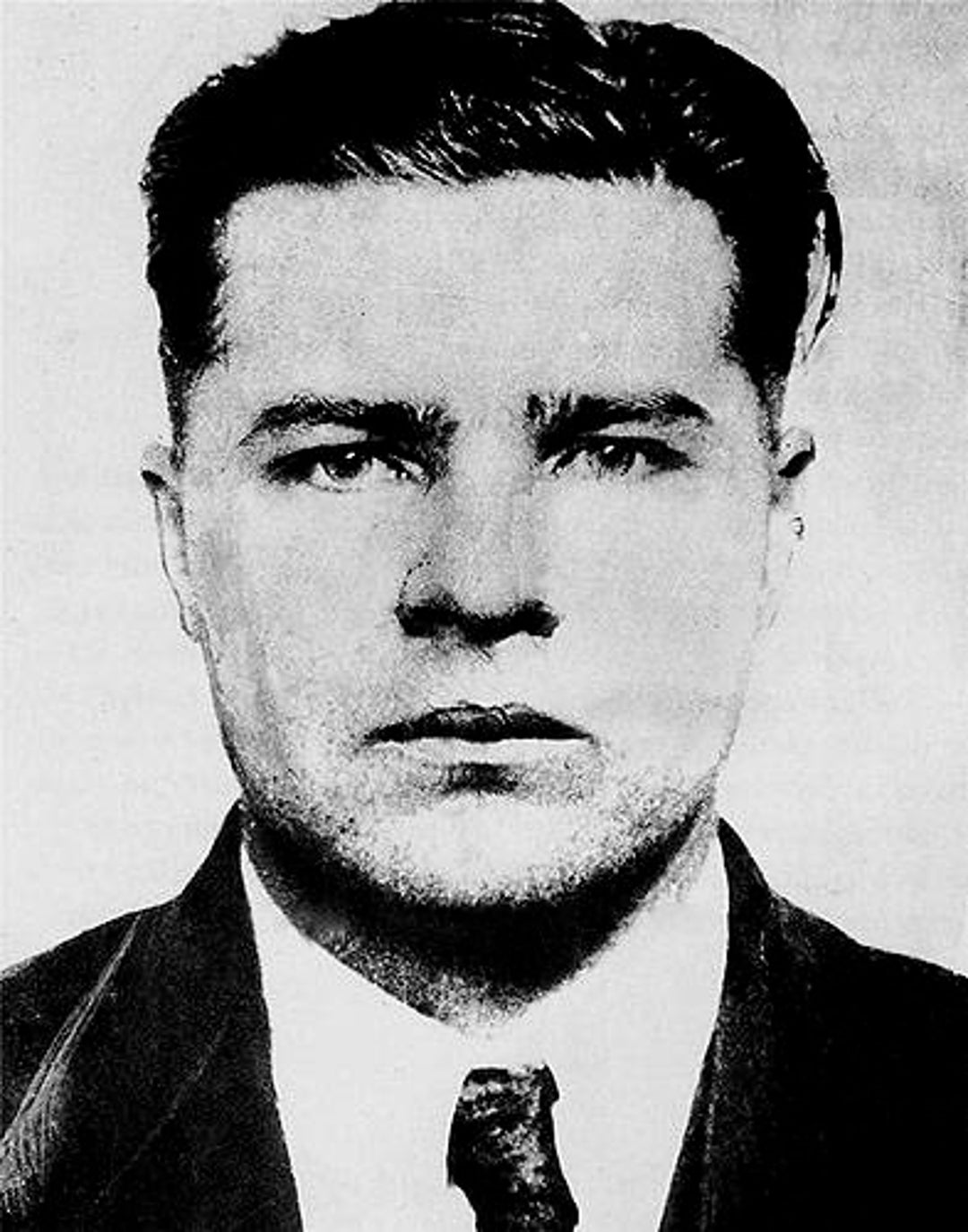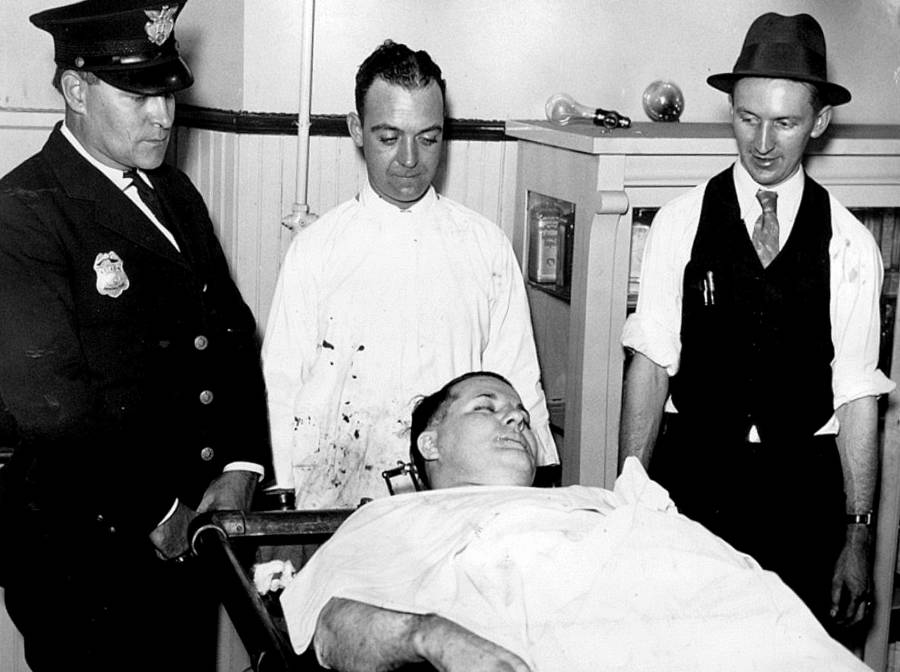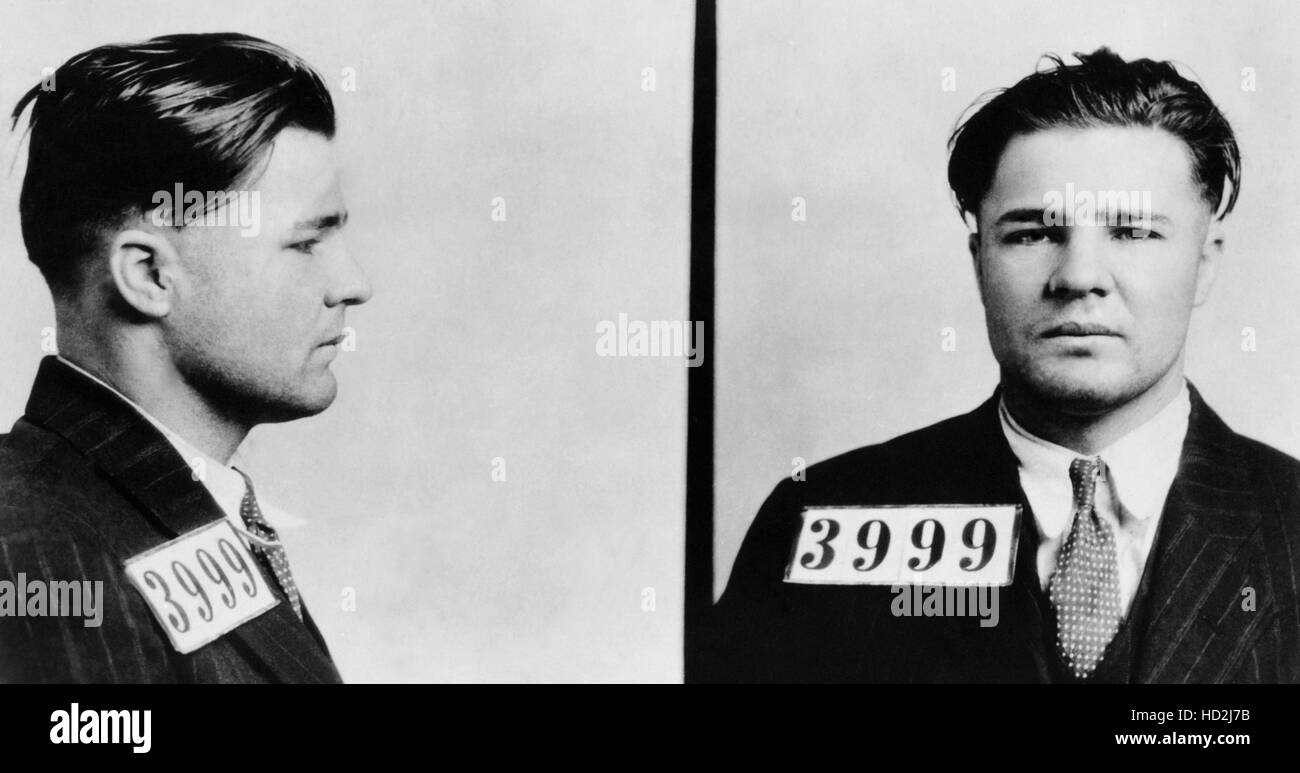Pretty Boy Floyd - The Story Of A Folk Bandit
Have you ever heard tales of legendary figures from a bygone era, individuals who captured the public's imagination, for better or for worse? Well, one such person, a man whose name still gets mentioned when we talk about the American Midwest in the early 20th century, was Charles Arthur Floyd. He became widely known as "Pretty Boy Floyd," a name that, you know, sort of stuck with him through all his adventures and troubles. His story, in a way, is quite a compelling one, reflecting a period of significant social change and economic hardship across the country.
This individual, Charles Arthur Floyd, began his life in Georgia, a rather humble start, before growing up in the wide-open spaces of Oklahoma. It's almost as if his surroundings shaped his path, pushing him towards a life of crime as a means to escape the harsh realities of poverty that many faced back then. He was, in some respects, a product of his environment, choosing a difficult road in hopes of finding something different.
From those early days, his reputation, well, it certainly grew. He was, for instance, a figure who operated across the west and central states, leaving a trail of criminal exploits that made him a subject of both fear and, for some, a strange sort of admiration. His actions, you see, put him right in the middle of the public eye, turning him into a rather celebrated, or perhaps infamous, character of his time.
Table of Contents
- Who Was Pretty Boy Floyd, Anyway?
- How Did Pretty Boy Floyd Start His Criminal Activities?
- The Kansas City Massacre - A Turning Point for Pretty Boy Floyd
- What Made Pretty Boy Floyd Public Enemy Number One?
- The End of the Road for Pretty Boy Floyd
Who Was Pretty Boy Floyd, Anyway?
So, who exactly was this person, Charles Arthur Floyd, often referred to as "Pretty Boy Floyd"? Well, he was an American bank robber, a figure whose life story is, you know, rather intertwined with the criminal history of the United States during the 1930s. Born on February 3, 1904, in Georgia, USA, his beginnings were quite ordinary, not really hinting at the kind of life he would eventually lead.
He spent his formative years growing up in Oklahoma, a place that, for many, offered little in the way of opportunity during those hard times. It was this background, perhaps, that pushed him to turn toward a life of crime, a desperate attempt, in a way, to escape the crushing weight of poverty that seemed to surround him and his family. He was, in the beginning, just another young man trying to make his way, but circumstances, you might say, led him down a different path.
His nickname, "Pretty Boy," is that something that came from his appearance, or perhaps it was a bit of irony? It’s hard to say for sure, but it certainly stuck. He became known as "Choc Floyd" or simply "Pretty Boy," a name that, you know, made him stand out. He wasn't just any criminal; he was, in some respects, Oklahoma's most notorious and, for some, even a glorified folk bandit. This made him one of the nation's most talked-about criminals of that era, a rather striking figure in the public imagination.
Personal Details and Bio Data of Charles Arthur "Pretty Boy" Floyd
| Full Name | Charles Arthur Floyd |
| Known As | Pretty Boy Floyd, Choc Floyd |
| Born | February 3, 1904 |
| Birthplace | Georgia, USA |
| Grew Up In | Oklahoma |
| Died | October 22, 1934 |
| Known For | American Bank Robber, Public Enemy No. 1 |
How Did Pretty Boy Floyd Start His Criminal Activities?
You might wonder, then, how did someone like Charles Arthur Floyd, this "Pretty Boy," actually get started on his criminal career? Well, his entry into this kind of life wasn't, you know, an overnight thing. He was arrested for a payroll robbery in the late 1920s, which, in a way, marked one of his earlier brushes with the law. This incident, it seems, set him on a course that would quickly escalate.
After that initial arrest, he went on to rob, and that's when things really took off for him. Between the years of 1929 and 1934, Charles Arthur "Pretty Boy" Floyd, you know, truly made a name for himself. He carried out a rather daring crime spree that stretched across the American Midwest. It was a period of intense activity for him, a time when he was constantly on the move and, apparently, quite busy.
During this stretch, he was responsible for robbing a rather large number of financial institutions, specifically, he held up 30 banks. That's a pretty significant figure, you know, for one person. And, in addition to those robberies, the accounts suggest he was involved in the deaths of as many as 10 people. This part of his story, naturally, adds a very serious and somber tone to his overall reputation, making him a figure of considerable concern to law enforcement.
The Kansas City Massacre - A Turning Point for Pretty Boy Floyd
The Kansas City Massacre, on June 17, 1933, was, in some respects, a pivotal moment in the story of Charles Arthur "Pretty Boy" Floyd. This violent incident, you see, dramatically escalated his already growing notorious reputation. It was an event that, quite frankly, put him squarely in the national spotlight, making him even more of a public figure, though not in a good way.
The details of this event are rather stark. It involved an attempt by Charles Arthur "Pretty Boy" Floyd, along with Vernon Miller and Adam Richetti, to free their friend, Frank Nash. Nash was a federal prisoner, and the effort to get him out went, well, terribly wrong. The incident turned into a shootout, and it resulted in several deaths, including law enforcement officers. This, you know, made the situation incredibly serious for everyone involved.
This violent incident, with Floyd involved, truly cemented his image as a dangerous individual, a person the authorities were very keen to apprehend. It wasn't just a local issue; it became a matter of national importance. The sheer scale of the event, and the lives lost, meant that "Pretty Boy" Floyd was now seen as a top priority for federal agents, adding a whole new layer to his criminal saga.
What Made Pretty Boy Floyd Public Enemy Number One?
So, after all his exploits, and particularly after the Kansas City Massacre, you might wonder, what made "Pretty Boy" Floyd become "Public Enemy Number 1"? Well, that designation, a rather significant one, came about on July 23, 1934. It followed a major event in the criminal world of that time: the death of John Dillinger.
Dillinger, as you may know, was, you know, a very prominent figure in the public eye, a kind of celebrity criminal. When he was no longer a threat, the focus of the federal authorities, and the public, shifted. It was almost as if there needed to be a new face for the most wanted list, and "Pretty Boy" Floyd, with his recent actions and established reputation, was, in a way, the next logical choice. His activities had already made him a significant target.
This new status meant that the full force of the law was now concentrated on finding him. Being "Public Enemy Number 1" wasn't just a title; it meant that he was the absolute top priority for law enforcement agencies across the country. It put an incredible amount of pressure on him, making his life on the run even more precarious, you know, with every passing day.
The End of the Road for Pretty Boy Floyd
The story of Charles Arthur Floyd, this "Pretty Boy," eventually came to an end. It was, you know, a conclusion that many might have expected given the life he had chosen. On October 22, 1934, his time as a wanted man ceased. He was shot and killed by a combined force of FBI agents and local law enforcement officers.
This final confrontation, in a way, brought a definitive close to a chapter of American history that had been marked by notorious figures and daring crimes. His death was, apparently, a significant moment for the authorities, signaling the winding down of an era of highly visible outlaws. It showed that, eventually, even the most elusive figures could be brought to justice, or, in this case, apprehended.
His capture and death were, in some respects, the culmination of a long and intense hunt. The law had been after him for quite some time, and the efforts to track him down were, you know, considerable. The end of "Pretty Boy" Floyd's life marked the end of his criminal exploits, closing the book on a man who had, for a period, been a rather prominent and talked-about figure in the nation's public consciousness.
So, to sum things up, we've talked about Charles Arthur "Pretty Boy" Floyd, from his early days in Georgia and Oklahoma, driven by poverty to a life of crime. We looked at his bank robberies across the Midwest and how the Kansas City Massacre really changed how people saw him. We also touched on how he became "Public Enemy Number 1" after John Dillinger was gone, and finally, how his story ended when law enforcement caught up with him in October 1934. His life, you know, was a brief but very impactful part of a fascinating time in American history.

Pretty Boy Floyd Gangster Photo - Etsy

Pretty Boy Floyd Biography

Mug shots of Charles Arthur Floyd, (aka Pretty Boy Floyd), ca. 1933-34